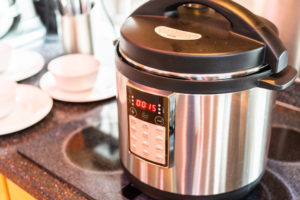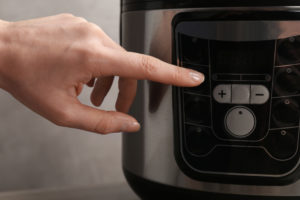Duodenoscopes — small, tube-like devices used to diagnose and treat health problems in the liver, bile ducts, and pancreas — have been the subject of investigation lately because of their link to dangerous superbug infections.
Last year, the FDA announced that Olympus, the manufacturer responsible for the largest market share of duodenoscopes on the market, was recalling their duodenoscope to update it with a new design and new cleaning instructions. The manufacturer only took this action after the U.S. Health, Education, Labor, and Pensions committee released a scathing report to notify the public that closed-channel duodenoscope-related infections were linked with antibiotic-resistant infections that sickened at least 250 patients worldwide. The FDA has also reported that contaminated duodenoscopes were potentially implicated in at least 35 deaths.
Recently, the FDA has approved a small selection of new, cheaper duodenoscopes that are meant to be disposable. It is hoped that the new duodenoscopes will significantly help to reduce the risk of contamination that leads to dangerous patient infections.
Duodenoscopes Are Difficult to Clean
The problem with the earlier duodenoscope designs is that they were meant to be reused. That means they had to be thoroughly cleaned each time they were used, to remove all bacteria from the previous surgery. Unfortunately, that hasn’t been working very well.
So-called “closed-channel” duodenoscopes were made with a closed-off internal channel, which was supposed to keep blood and other potentially infectious material out of the scope, reducing risk of infections. Once the device was on the market, though, it was found to be resistant to disinfection, and was more likely to allow dangerous bacteria to remain inside the device even after cleaning. Last year, Olympus changed this design in following the device’s recall.
A duodenoscope is a long, flexible, lighted tube that the doctor inserts through the mouth and down into the stomach. They use it to view a patient’s stomach and nearby areas, to inject dies for X-rays, to perform biopsies, and for other related procedures. Each medical scope costs about $40,000, so obviously hospitals use them over and over again, one patient and then the next.
The duodenoscope manufacturers initially sought to blame the hospitals, claiming that they weren’t being careful enough with their cleaning processes to ensure the devices were properly sterilized. When the FDA asked manufacturers to confirm that one could, indeed, remove 99.9999% of all microbes, however, the companies were unable to do so even when they followed their sterilization procedures.
New Disposable Scopes Hit the Market
In a 2015 study, researchers reported that duodenoscopes had “a very complex structure that contains many small parts which make reprocessing much more challenging.” They noted that recent outbreaks of potentially deadly Carbapenem-Resistant Enterobacteriaceae (CRE) infections associated with these devices “have raised many concerns worldwide.”
Until now, efforts to fix the problem were focused on improving the devices’ designs and the recommended cleaning processes. Having a disposable scope, however, that can be used in one patient and then thrown away may significantly reduce the risk of patient infection.
That seems to be the direction manufacturers are going now. The FDA just approved two new endoscopes designed for one-time use. A Germany-based manufacturer, invendo medical GmbH, offers a sterile duodenoscope called the “invendoscope SC200” that doesn’t require cleaning. The cost of this new scope is expected to be significantly lower than for the reusable kind.
Meanwhile, Olympus is defending a number of duodenoscope lawsuits filed by patients who were sickened in the hospital. Federal prosecutors are also investigating the company and how it handled the issue, since critics have stated that Olympus took far too long to take action to protect patients.

Exclusively focused on representing plaintiffs, especially in mass tort litigation, Eric Chaffin prides himself on providing unsurpassed professional legal services in pursuit of the specific goals of his clients and their families. Both his work and his cases have been featured in the national press, including on ABC’s Good Morning America.










Comments for this article are closed.